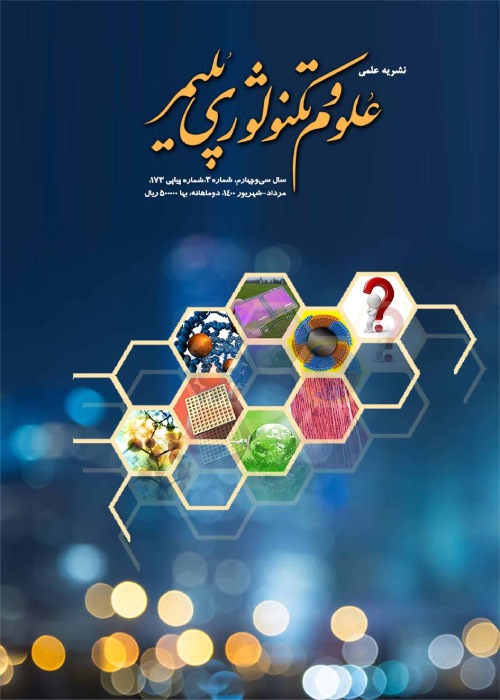Hole-Transporting Materials Based on p-Type Polymers in Invert Perovskite Solar Cells
In recent years, the performance of perovskite solar cells (PSCs) has made a significant growth of about 25.5%. Nonetheless, the long-term stability of these cells for industrial production is still a major concern. One of the important reasons for the instability and degradation of the perovskite layer is its sensitivity toward moisture, oxygen, lack of resistance to ultraviolet light, electric fields, and temperature. In this context, hole-transporting materials (HTMs) play a key role in the construction of a stable inverted perovskite solar cell, including regulating the growth and crystallization of the perovskite and creating a water-repellent surface with a suitable structure. Naturally, the function of a hole-transporting layer depends on the type of perovskite solar cell configuration, and it is discussed in detail in the relevant section. In recent decades, researchers have focused on developing stable HTMs based on additive and non-additive semi-conducting polymers. Polymers have unique properties such as adjustable molecular weight, easier mobility of the hole compared to organic compounds, and suitable conductivity under additive-free conditions for 3D printing applications at an industrial scale. In addition, the cost-effectiveness of synthesis steps and potential interlayer displacement during the manufacturing process has made attraction and innovations in this area. Therefore, this article evaluates and analyzes the performance and mechanism of hole-transporting layers based on p-type semi-conducting polymers and the effect of various component structures of polymer systems on the inverse perovskite solar cell system. Polymers such as, pol(3,4-ethylenedioxythiophene) polystyrene sulfonate (PEDOT:PSS), poly[bis(4-phenyl)(2,4,6-trimethylphenyl)amine] (PTAA), and (poly(3-hexylthiophene) (P3HT) have received most of the research and experimentation, with PTAA being the most desirable and efficient option, reaching over 25% efficiency.
- حق عضویت دریافتی صرف حمایت از نشریات عضو و نگهداری، تکمیل و توسعه مگیران میشود.
- پرداخت حق اشتراک و دانلود مقالات اجازه بازنشر آن در سایر رسانههای چاپی و دیجیتال را به کاربر نمیدهد.



